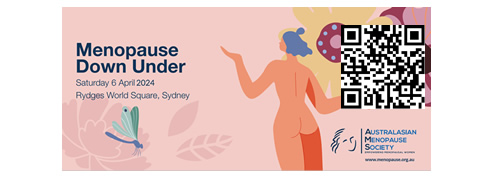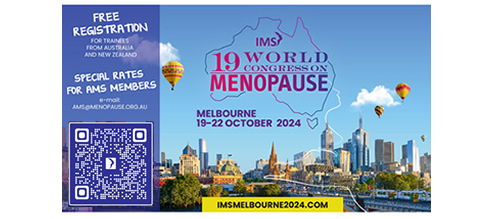American Society of Clinical Oncology Clinical Practice Guideline
The updated pharmacologic interventions for breast cancer risk reduction from the 2009 American Society of Clinical Oncology (ASCO) guideline was published by the American Society of Clinical Oncology in July 2013.
The authors undertook a systematic review of randomized controlled trials and meta-analyses published from June 2007 through June 2012 using MEDLINE and Cochrane Collaboration Library. The primary outcome of interest was breast cancer incidence (invasive and noninvasive). The secondary outcomes included breast cancer mortality, adverse events, and net health benefits. Guideline recommendations were revised based on an Update Committee's review of the literature.
Nineteen articles met the selection criteria and six chemoprevention agents were identified: tamoxifen, raloxifene, arzoxifene, lasofoxifene, exemestane, and anastrozole.
The updated recommendation guidelines from ASCO include:
For premenopausal women:
In women at increased risk of breast cancer age ≥ 35 years, an option to reduce the risk of estrogen receptor (ER) –positive breast cancer
- Tamoxifen (20 mg per day for 5 years) should be discussed as .
For postmenopausal women
Options for breast cancer risk reduction
- Tamoxifen (20 mg per day for 5 years)
- Raloxifene (60 mg per day for 5 years)
- Exemestane (25 mg per day for 5 years)
Those at increased breast cancer risk are defined as individuals with a 5-year projected absolute risk of breast cancer ≥ 1.66% (based on the National Cancer Institute breast cancer Risk Assessment Tool or an equivalent measure) or women diagnosed with lobular carcinoma in situ.
Use of other selective ER modulators or other aromatase inhibitors to lower breast cancer risk is not recommended outside of a clinical trial. Health care providers are encouraged to discuss the option of chemoprevention among women at increased breast cancer risk. The discussion should include the specific risks and benefits associated with each chemopreventive agent.
Reference
Visvanathan K, Hurley P, Bantug E, Brown P, Col NF, Cuzick J, Davidson NE, Decensi A, Fabian C, Ford L, Garber J, Katapodi M, Kramer B, Morrow M, Parker B, Runowicz C, Vogel VG 3rd, Wade JL, Lippman SM. Use of pharmacologic interventions for breast cancer risk reduction: american society of clinical oncology clinical practice guideline. J Clin Oncol. 2013 Aug 10;31(23):2942-62. doi: 10.1200/JCO.2013.49.3122. Epub 2013 Jul 8.
Content updated August 2013






